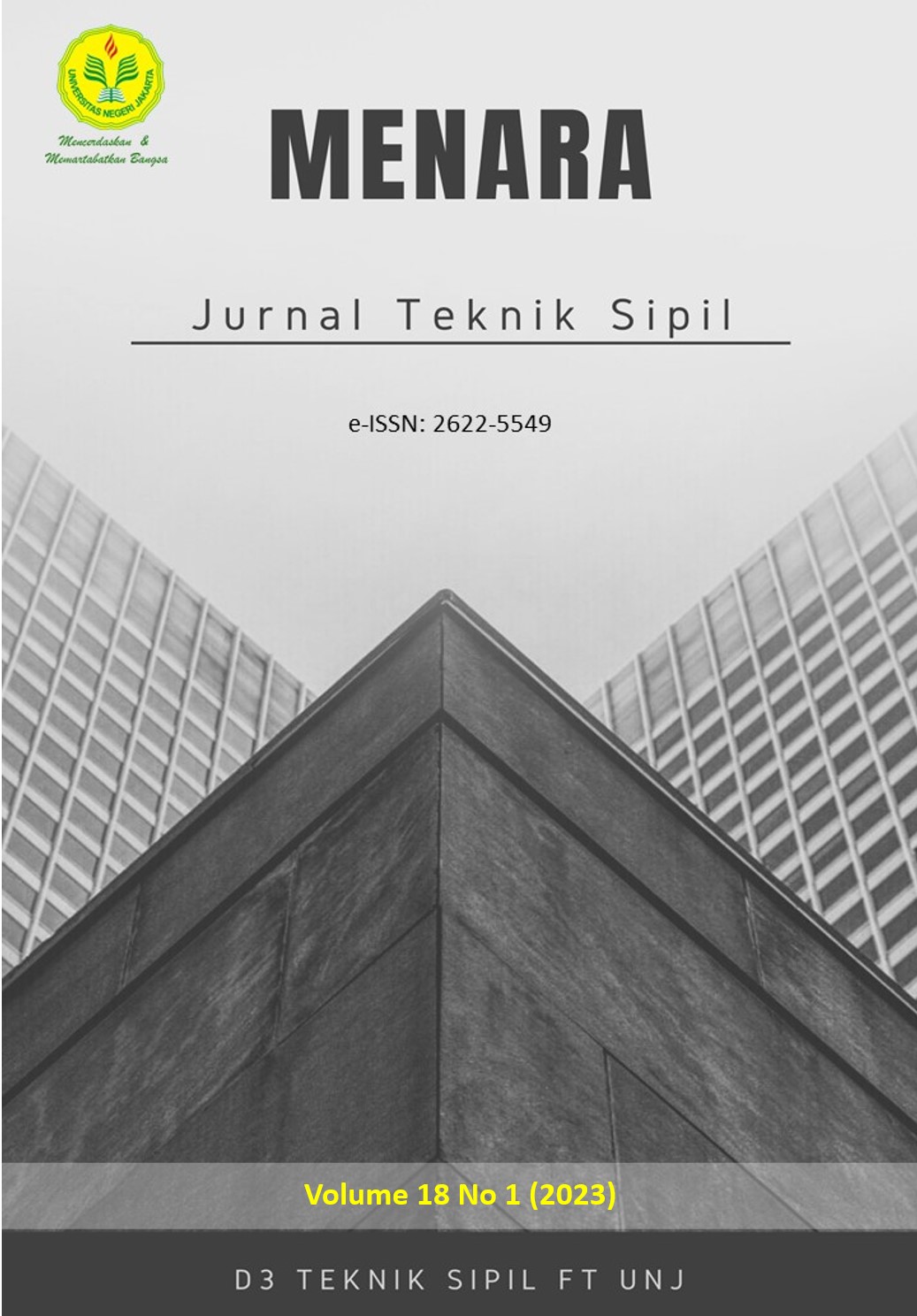POLA PENGEMUDI YANG MENINGGAL AKIBAT KECELAKAAN DI JALAN DI NEGARA-NEGARA EROPA
DOI:
https://doi.org/10.21009/jmenara.v18i1.27674Keywords:
accident, boxplot, descriptive statistic, europe, secondary dataAbstract
This paper aims to provide an overview of the relationship pattern of the number of drivers who died due to road accidents related to the number of pedestrians, injured people, people died from road accidents, population, total population density and length of road vehicles in European countries with different income levels. The method used is descriptive statistics and statistical analysis was described through a boxplot. The relationship between the number of drivers and the number of pedestrians who die from road accidents, shows an inverse relationship in upper-middle-income European countries. Meanwhile, high-income and lower-middle-income European countries show a unidirectional relationship. Relationship between the number of drivers, the number of people killed and the number of people injured in road accidents, shows a unidirectional relationship. This occurs in high-income, upper-middle and lower-income countries. The relationship between the number of drivers who died due to road accidents and the population, showed an inverse relationship occurred in upper and lower middle-income European countries. Meanwhile, high-income European countries show a unidirectional relationship. The relationship between the number of drivers who died as a result of road accidents, the number of population density and the length of the road vehicles, showed an inverse relationship occurred.
References
Enggarsasi, Umi & Sa'diyah, Nur. (2017). Kajian Terhadap Faktor-Faktor Penyebab Kecelakaan Lalu Lintas Dalam Upaya Perbaikan Pencegahan Kecelakaan Lalu Lintas. Perspektif, 22(3), 228.
Hartini, Rahayu. (2012). Hukum Pengangkutan di Indonesia, Malang: Citra Mentari.
Junaidi, J. (2014). Statistika Deskriptif dengan Microsoft Excel, Jambi: Fakultas Ekonomi dan Bisnis Universitas Jambi.
Kansil, C.S.T., dkk. (1995). Disiplin Berlalu Lintas di Jalan Raya. Jakarta: Rineka Cipta.
Kweon, Young-Jun & Kockelman, Kara. (2006). Driver Attitudes and Choices: Speed Limits, Seat Belt Use, and Drinking-and-Driving. Journal of Transportation Research Forum, 45(3), 39-56
Manggala, R., Angga J., Purwanto D., and Indriastuti, A. K. (2016). Studi Kasus Faktor Penyebab Kecelakaan Lalu Lintas Pada Tikungan Tajam. Jurnal Karya Teknik Sipil, 4(4), 462-470.
Muhammad Syahriza. (2019). Kecelakaan Lalulintas: Perlukah Mendapatkan Perhatian Khusus?. Jurnal Averrous, 5(2), 89-101.
Mwesige, G.; Farah, H.,; Bagampadde, U.; & H. Koutsopoulos. (2017). Effect of passing zone length on operation and safety of two-lane rural highways in Uganda. IATSS Res, 41(1), 38–46
Nuryadi, dkk.(2017). Dasar-dasar Statistik Penelitian. Yogyakarta: Sibuku Media.
Oktopianto, Y., Shofiah, S., Rokhman, F. A., Pangestu, K., & Krisdayanti, E. (2021). Analisis Daerah Rawan Kecelakaan (Black Site) Dan Titik Rawan Kecelakaan (Black Spot) Provinsi Lampung. Borneo Engineering: Jurnal Teknik Sipil, 5(1), 40–51. https://doi.org/10.35334/be.v5i1.1777
Olowosegun, A., Babajide, N., Akintola, A., Fountas, G., & Fonzone, A. (2022) Analysis of pedestrian accident injury-severities at road junctions and crossings using an advanced random parameter modelling framework: The case of Scotland. Accident Analysis & Prevention, 169:106610. doi: 10.1016/j.aap.2022.106610
Oña, J. D., L. Garach, F. Calvo, & T. G. Muñoz. (2013). Relationship between predicted speed reduction on horizontal curves and safety on two-lane rural roads in Spain, J. Transp. Eng, 140(30).
Pemerintah Indonesia. (2009). Undang-Undang No. 22 Tahun 2009 tentang Lalu Lintas dan Angkutan Jalan
Putra, A., & Narendra, A. (2021). Pemodelan Resiko Kecelakaan Berbasis Kondisi Kendaraan dan Pengemudinya. Jurnal Rekonstruksi Tadulako, 2(2), 87-92. https://doi.org/10.22487/renstra.v2i2.332
Rahmawaty, T. A., Kriswardhana, W., Widiarti, W. Y., & Sulistyono, S. (2020). Analisis Karakteristik Kecelakaan di Ruas Jalan Gadjah Mada Kabupaten Jember. Borneo Engineering: Jurnal Teknik Sipil, 4(1), 113–125.
Sivakumar, T; & Krishnaraj, R. (2015). Road traffic accidents (RTAS) due to drunken driving in India – challenges in prevention. Int. J. Res. Manag. Technol, 2(4), 401–406
The United Nations Economic Commission for Europe (UNECE), (2020), https://w3.unece.org/PXWeb/en
Wachnicka, Joanna; Kustra, Wojciech; Palikowska, Katarzyna & Kieć, Mariusz. (2021). Spatial differentiation of road safety in Europe based on NUTS-2 regions. Accident Analysis & Prevention. 150. doi.org/10.1016/j.aap.2020.105849
World Health Organization. (2018). Global Status Report on Road Safety 2018: Summary. Geneva: WHO.
Downloads
Published
Issue
Section
License
Authors who publish with this Journal agree to the following terms:
- Author retain copyright and grant the journal right of first publication with the work simultaneously licensed under a creative commons attribution licensethat allow others to share the work within an acknowledgement of the work’s authorship and initial publication of this journal.
- Authors are able to enter into separate, additional contractual arrangementfor the non-exclusive distribution of the journal’s published version of the work (e.g. acknowledgement of its initial publication in this journal).
- Authors are permitted and encouraged to post their work online(e.g. in institutional repositories or on their websites) prior to and during the submission process, as it can lead to productive exchanges, as well as earlier and greater citation of published works.











